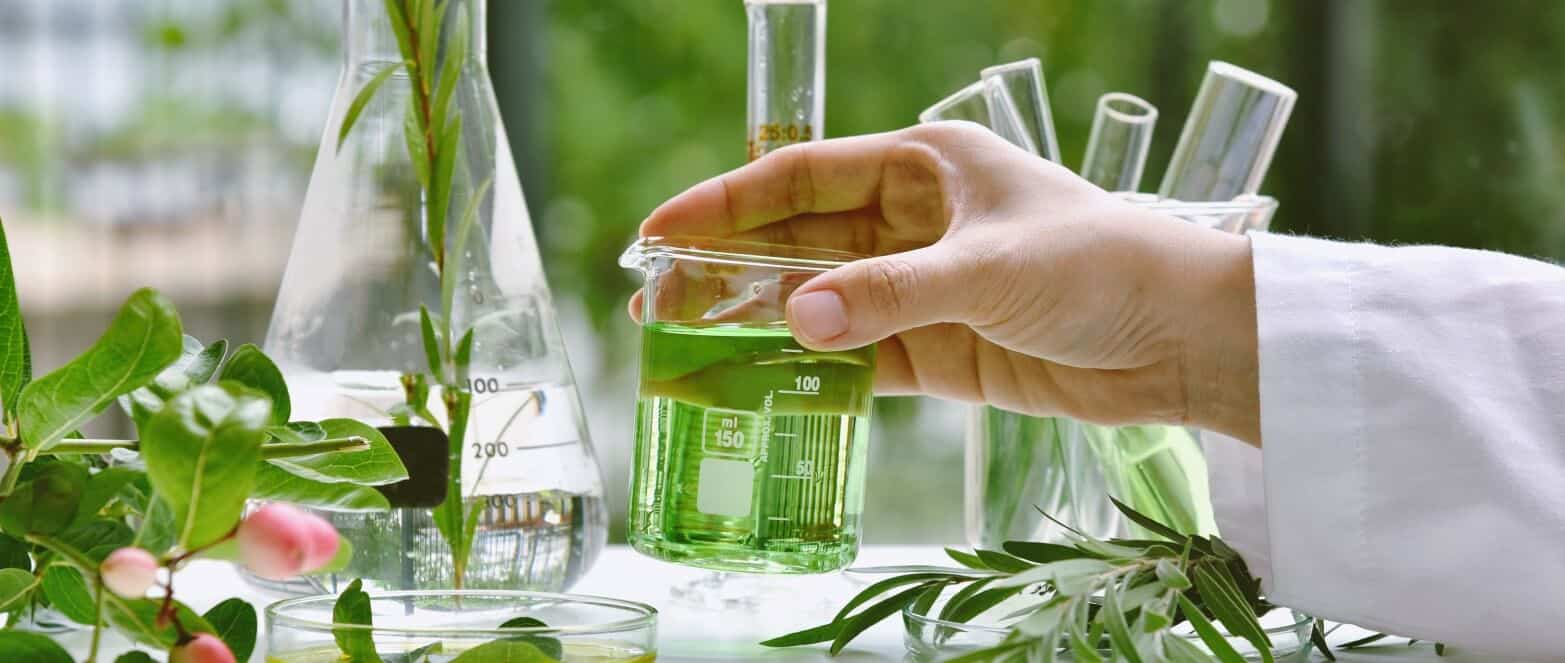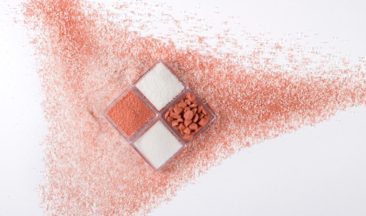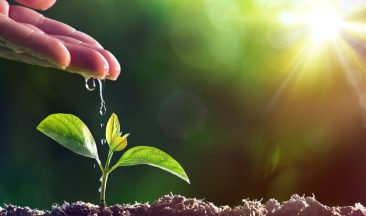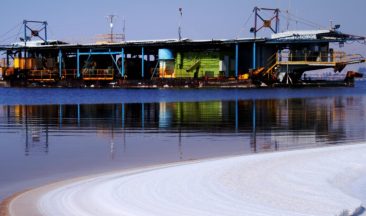The story of Bactebrom began a little over 10 years ago when the ICL agriculture technical support team approached the ICL R&D staff with a problem that required a solution: biofilm removal. When fertilizers, such as urea, are added to the water of dripping irrigation systems, the water drippers are blocked by biofilm due to the improved conditions for microbial growth. Bromine-based biocides for water treatment are highly effective for the removal of biofilm.
After analyzing the problem, ICL’s R&D experts suggested adding HBr [Hydrogen bromide] to the urea in the water as a fertilizer and examining its effect on the micro-organisms and biofilm growth in the water. The mixture of urea and HBr had been oxidized by hypochlorite to create the active HOBr [Hypobromous acid] required for micro-organism bromine disinfection. The results were great. Not only was the water disinfected, but as it turned out, the effect on biofilm removal was superior compared to other biocides. In addition, the urea proved to be a great stabilizer that maintained high-level HOBr effectiveness.

Biofilm Removal Treatment for Large Pipelines
The next step was to develop an optimal mixture ratio between the urea and the HBr for non-agriculture application use, where the urea is not needed as a fertilizer.
After completing the Bromo-Urea ratio optimization stage, the R&D team felt ready to tackle its next challenge: higher pipe system scales that suffer from biofilm build-up. Maintained by municipal or national authorities, long and wide pipelines stream water delivered by pressure pumps. Biofilm build-up hardens the inner wall of the pipes and narrows their internal circumference. As a result, more energy is needed for the pumps to deliver the water through the pipes. Due to biofilm build-up, energy costs increase over time and effective biofilm removal treatment becomes a crucial necessity.
Higher water organic loads increase biofilm build-up rates. Therefore, the optimal candidate for treatment with the new Bromo-Urea product was a long pipeline (35 km) with treated effluent water used for irrigation. The line, which is fed with water from a municipal effluent treatment plant, was treated with NaOCl. This NaOCl treatment was compared to Bactebrom treatment. The effectiveness of the Bactebrom over the NaOCl was clearly established.
You may be interested in:
Bactesperse®: The Invention that Defeats Bacterial Colonies

Moving Forward with Confidence
After realizing that Bactebrom is a highly effective biofilm removal treatment solution, the next step was to offer it for use in other applications that struggle with biofilm build-up and treatment. One such application is paper mills. Following successful trials in paper mills, Bactebrom was implemented for water treatment in many paper mills worldwide and is gaining more and more satisfied users all over the world.







